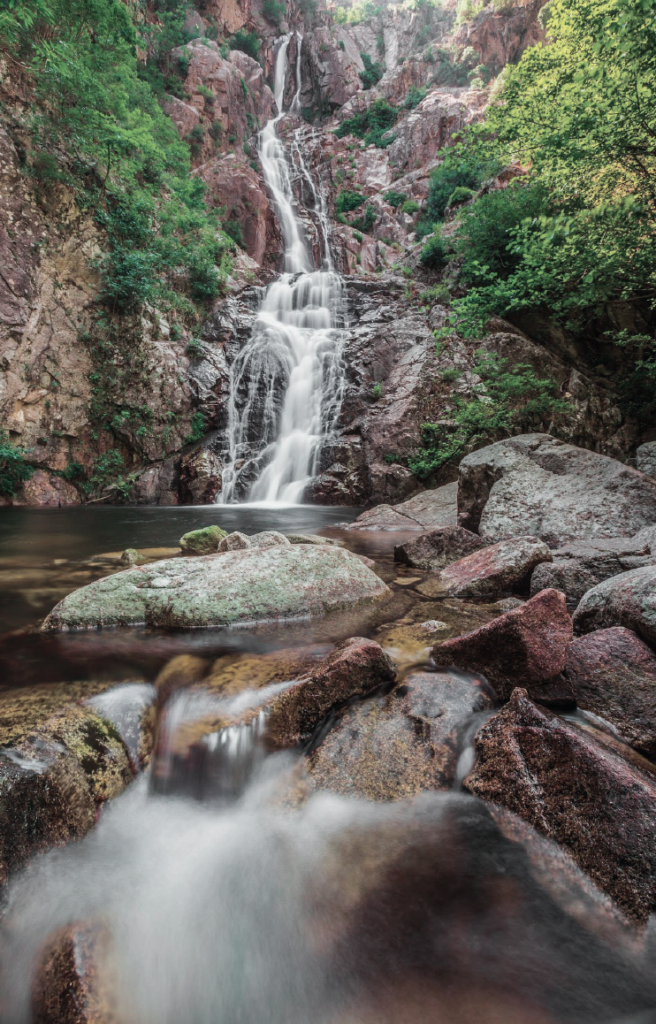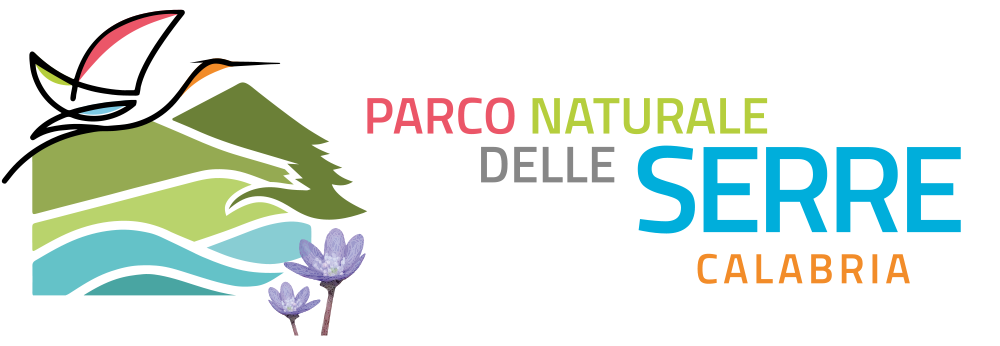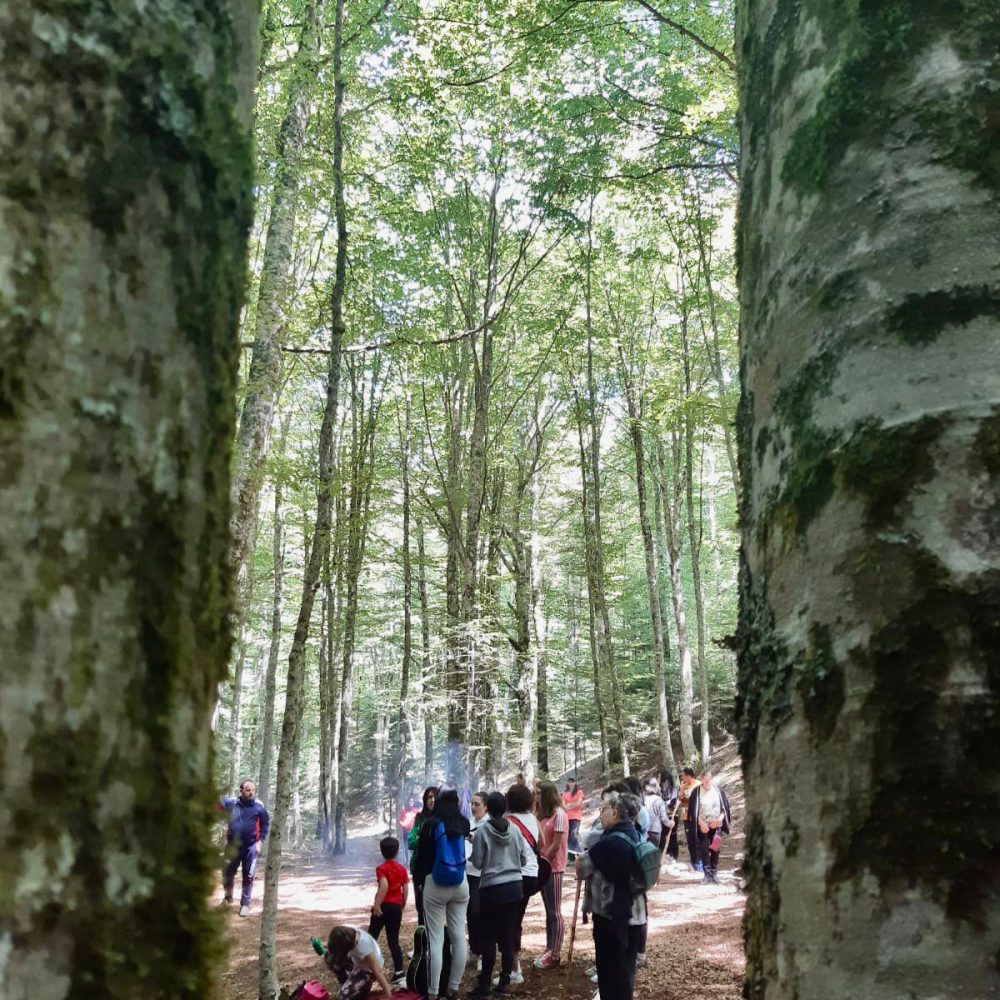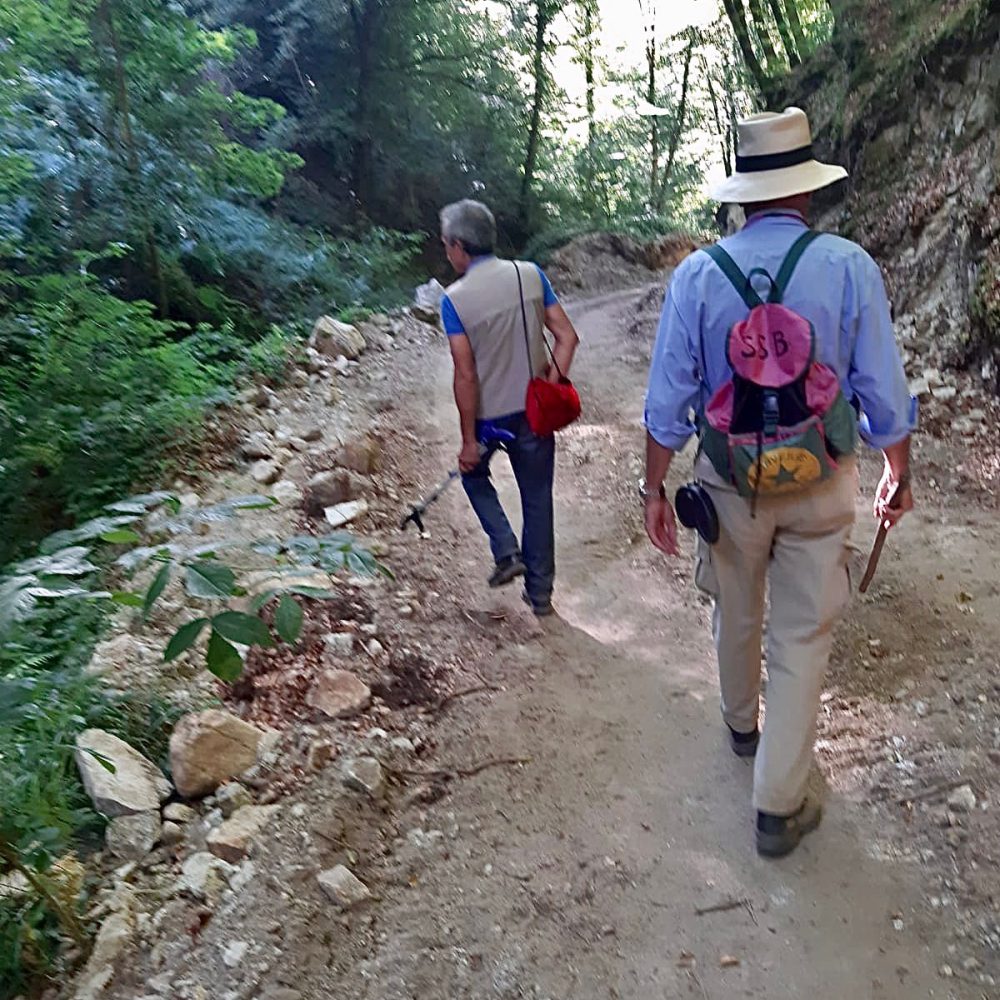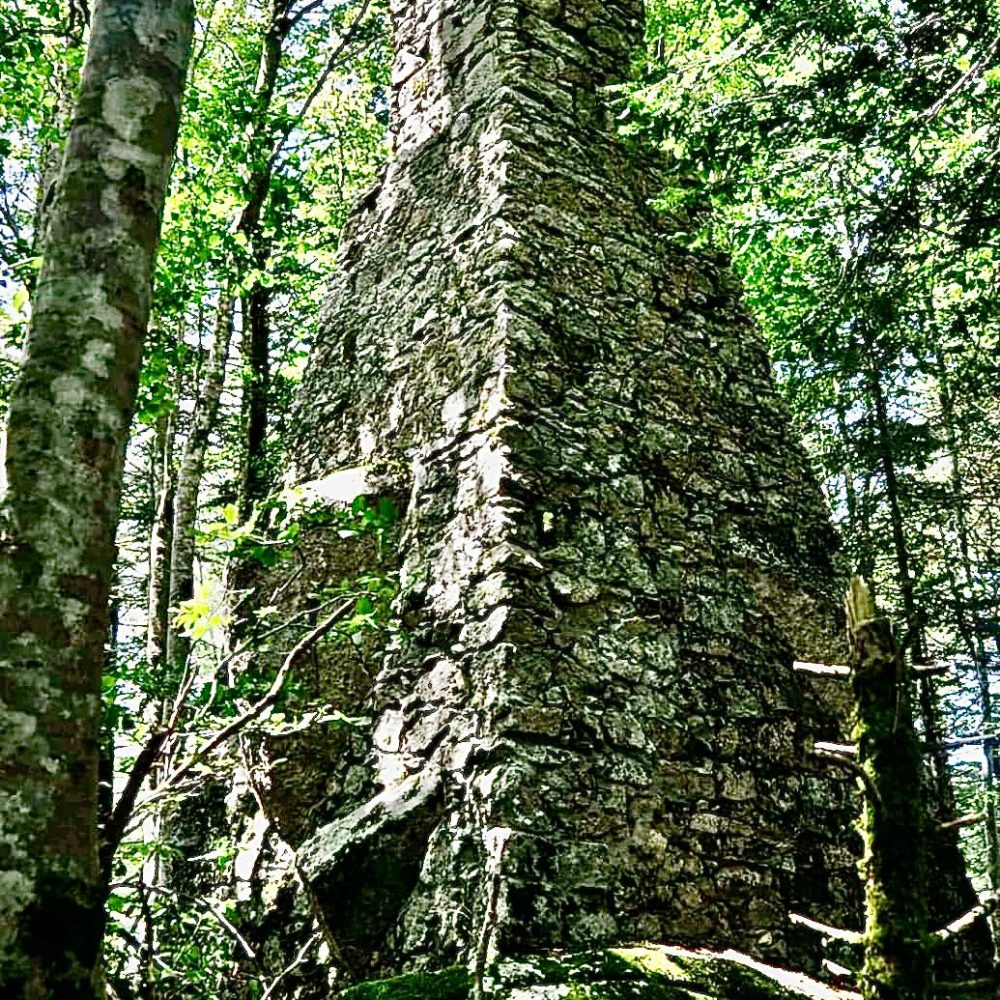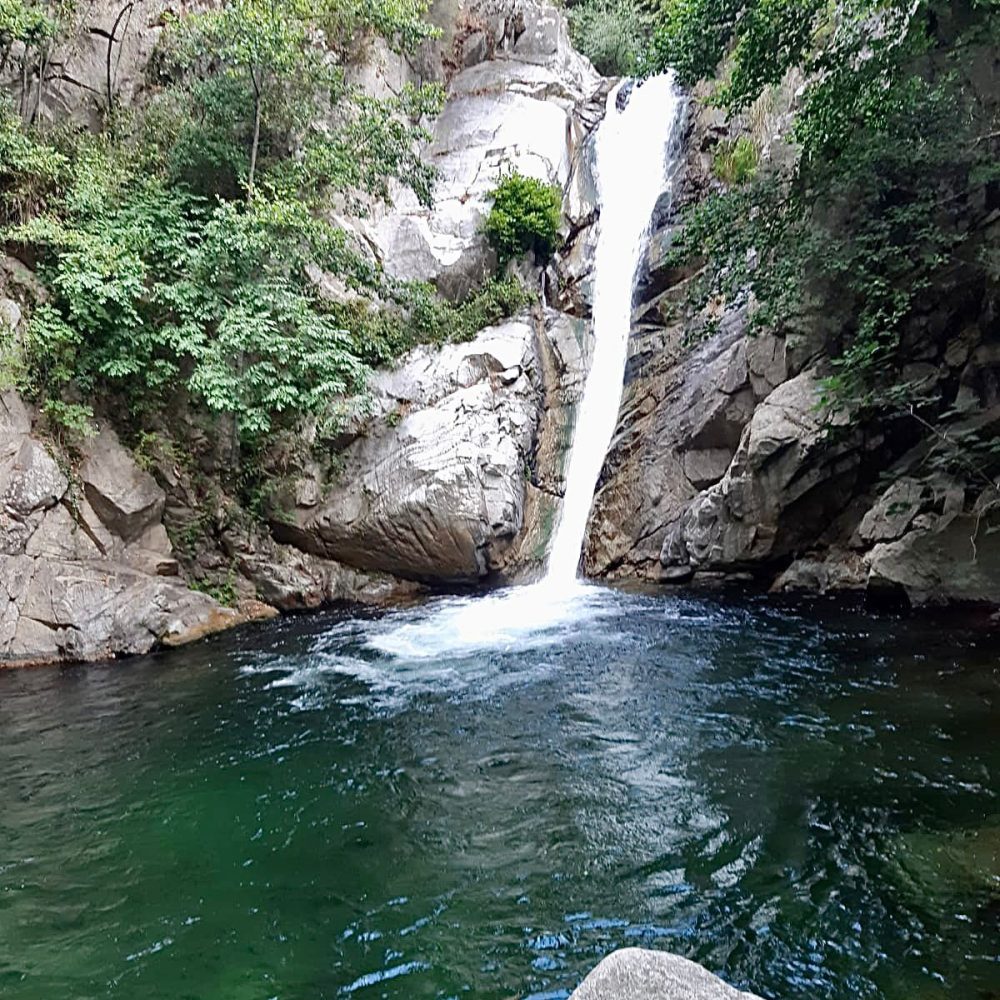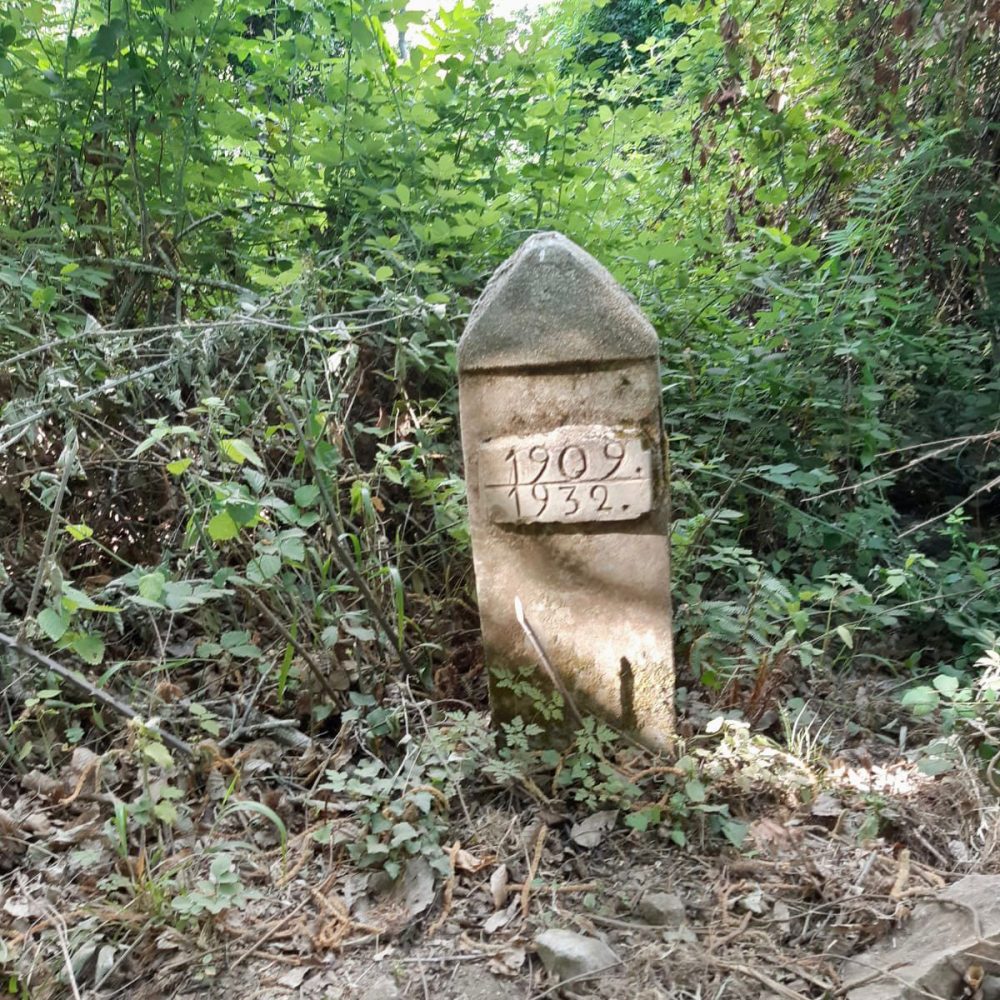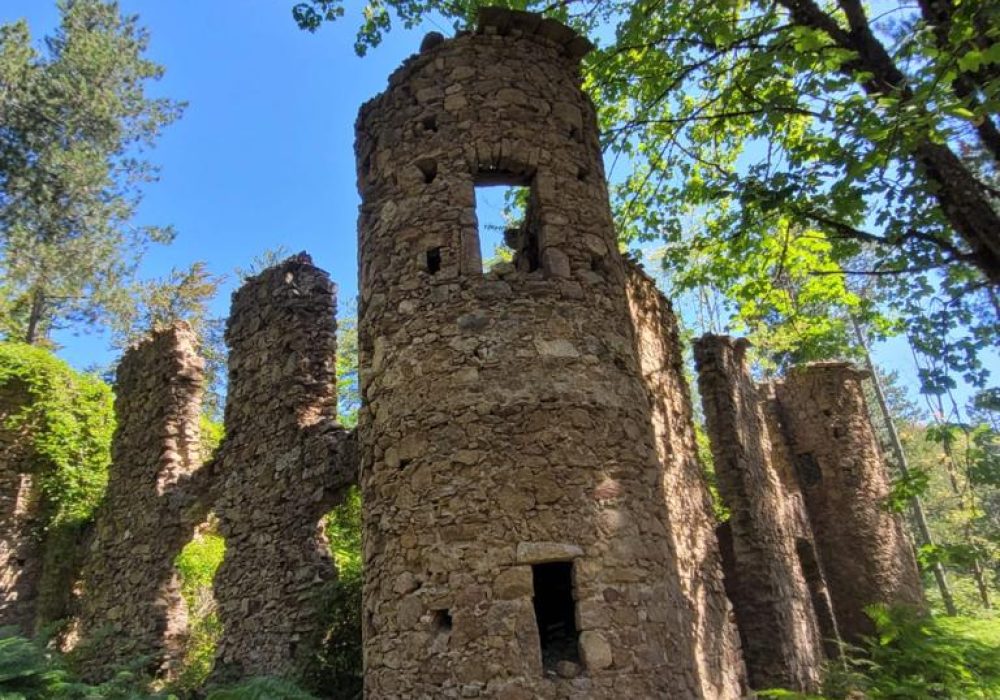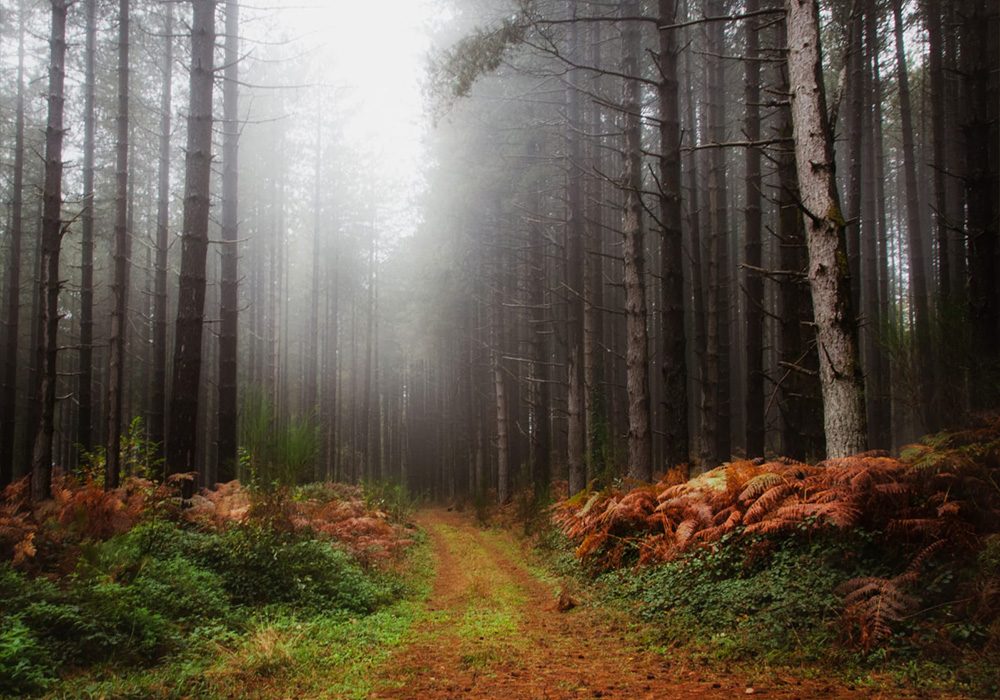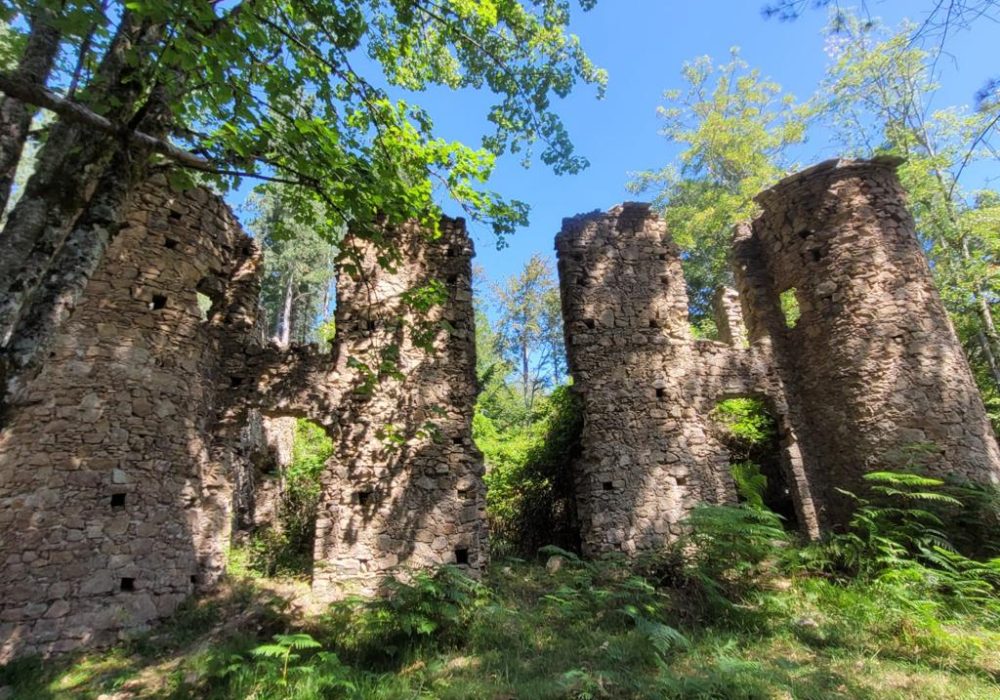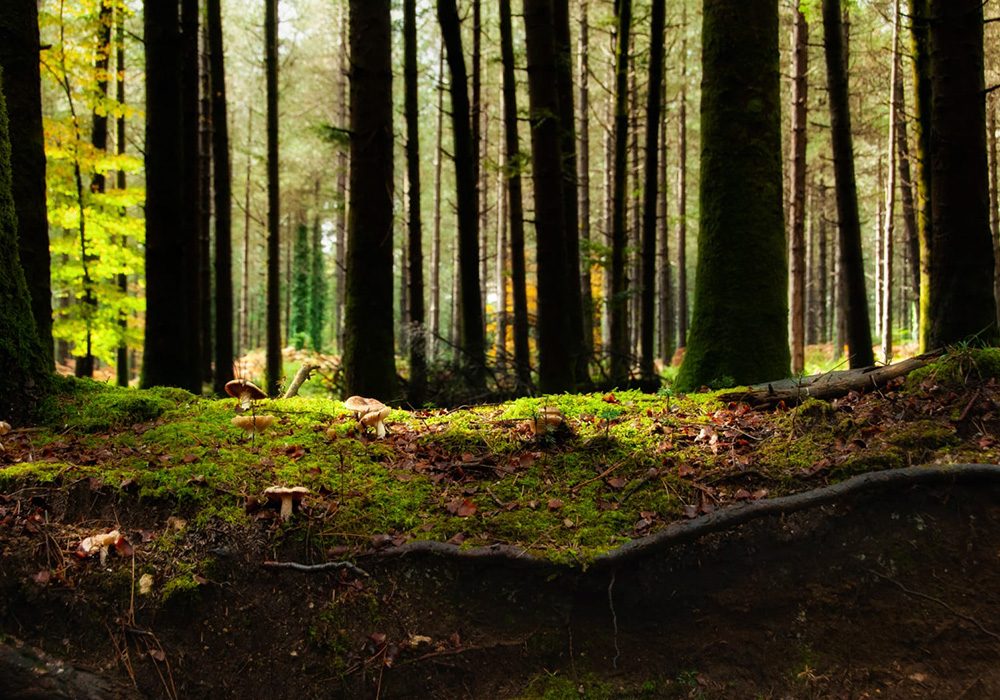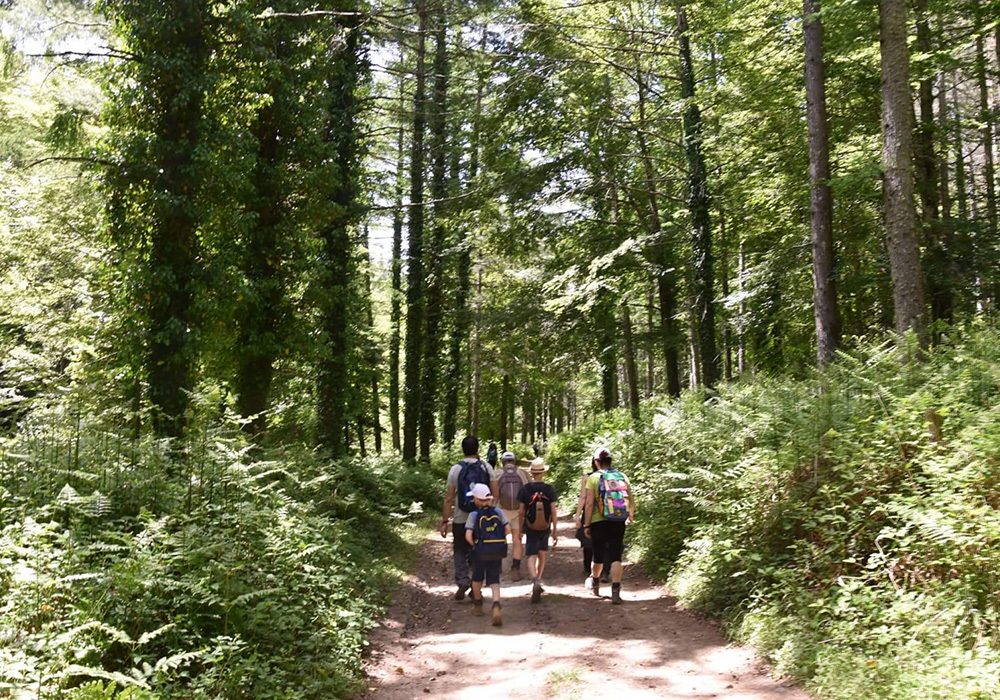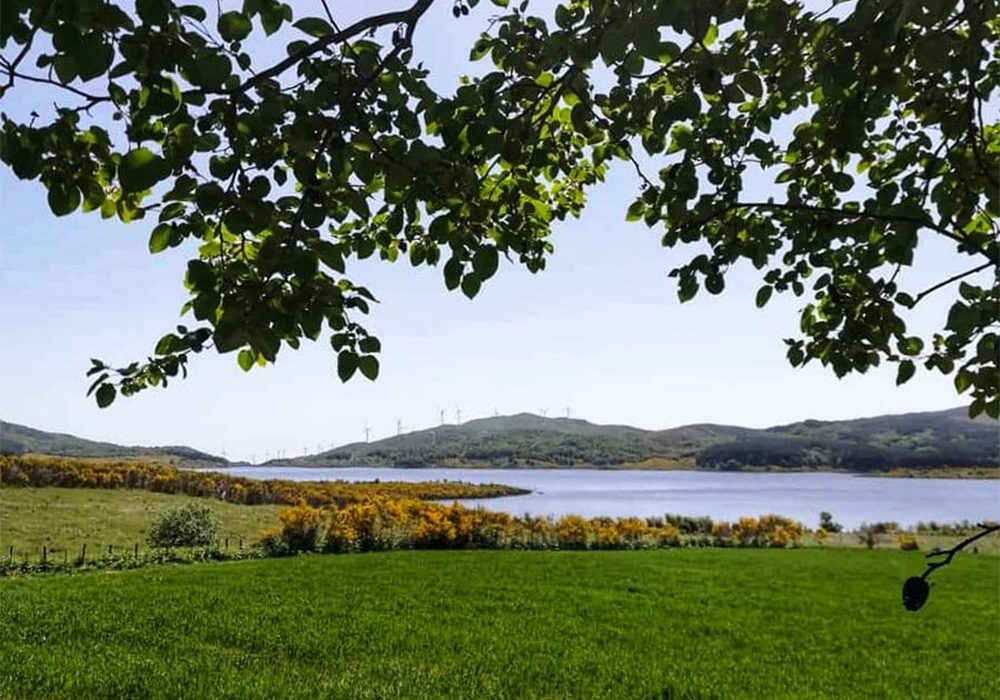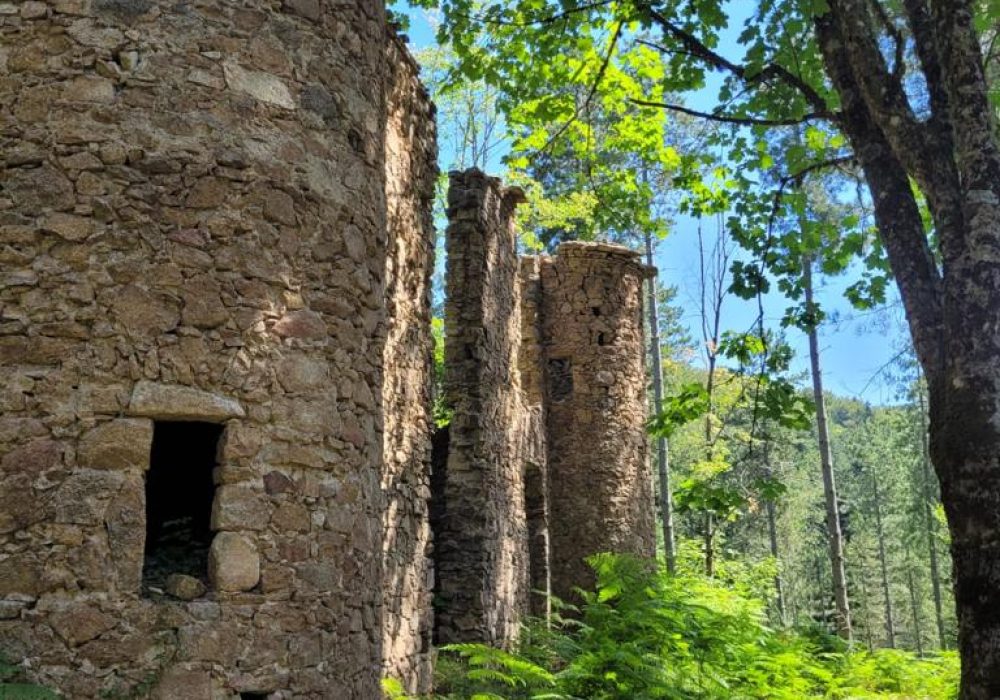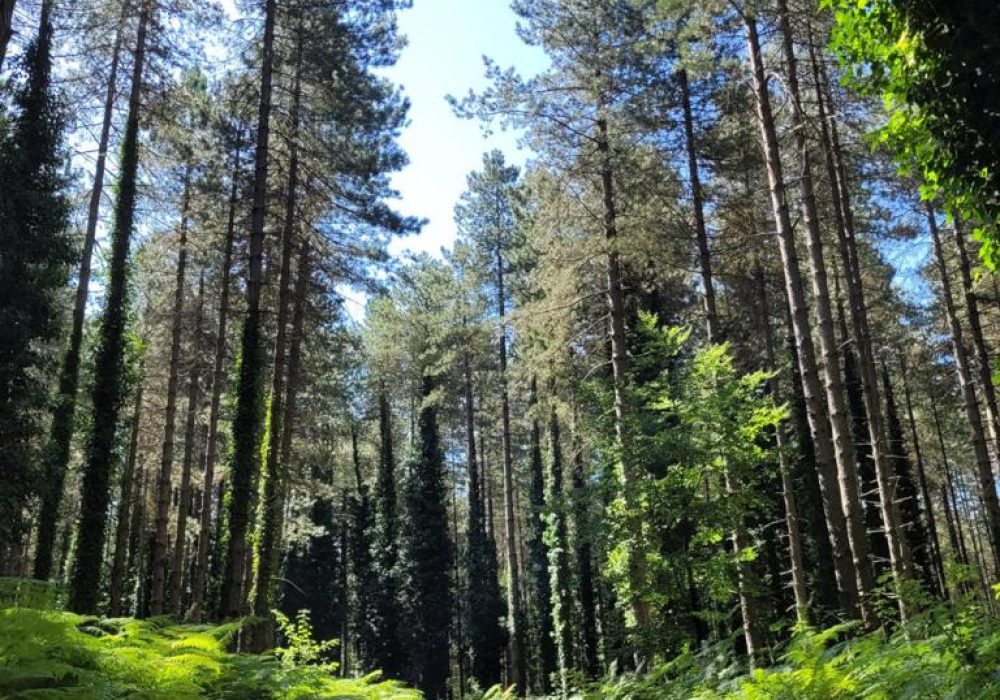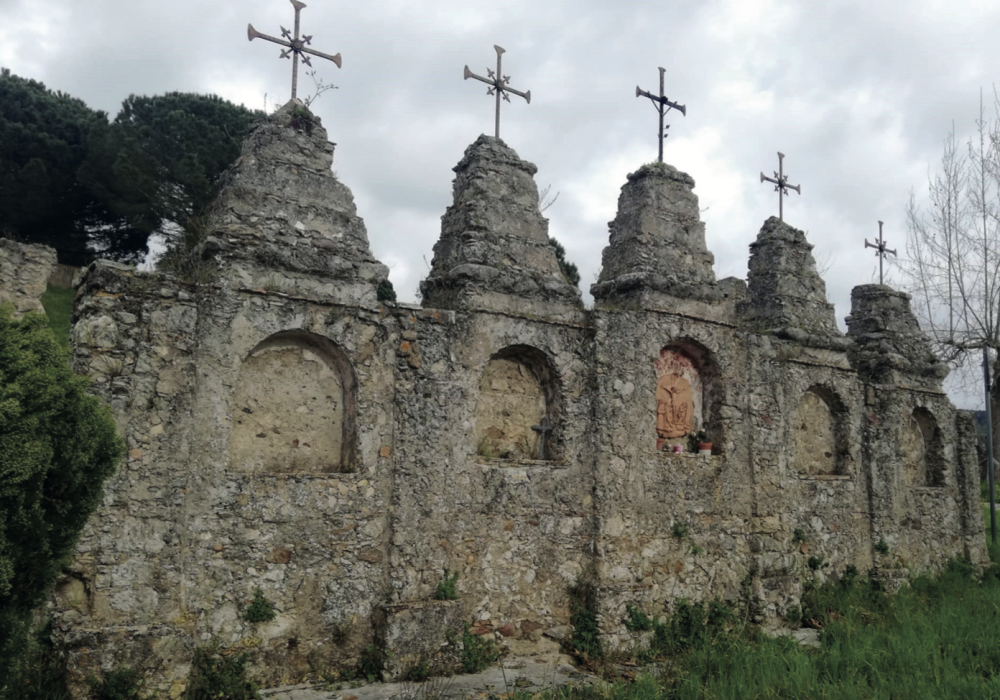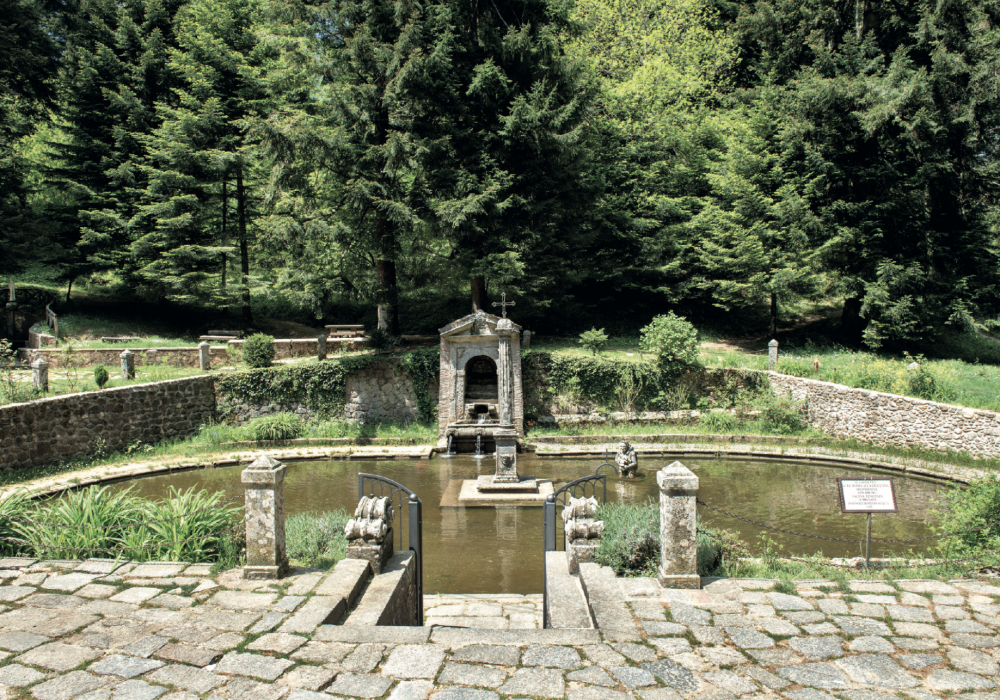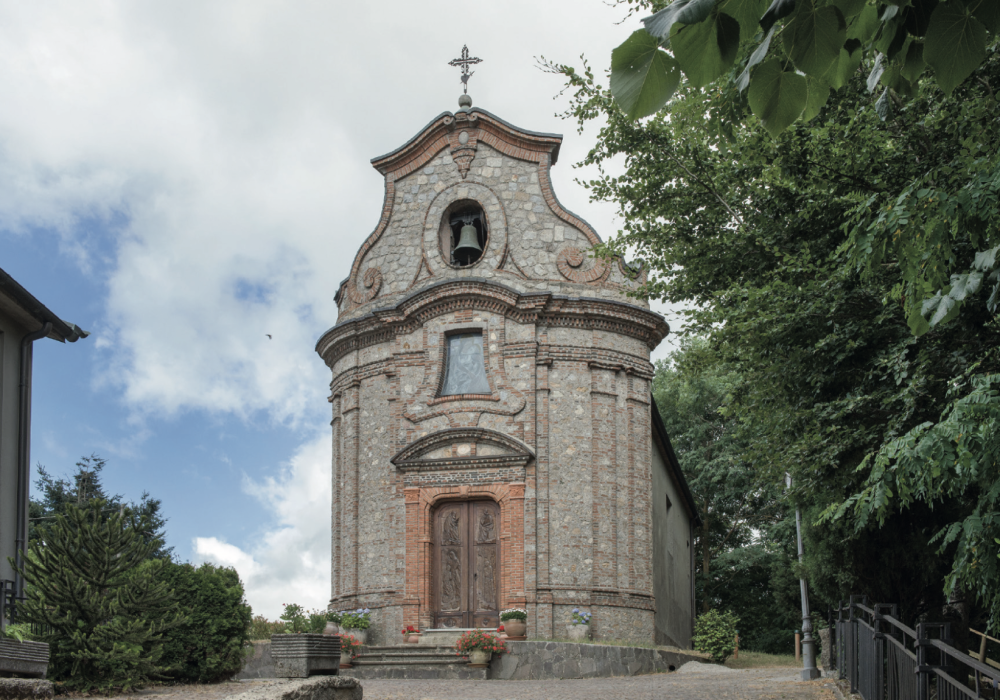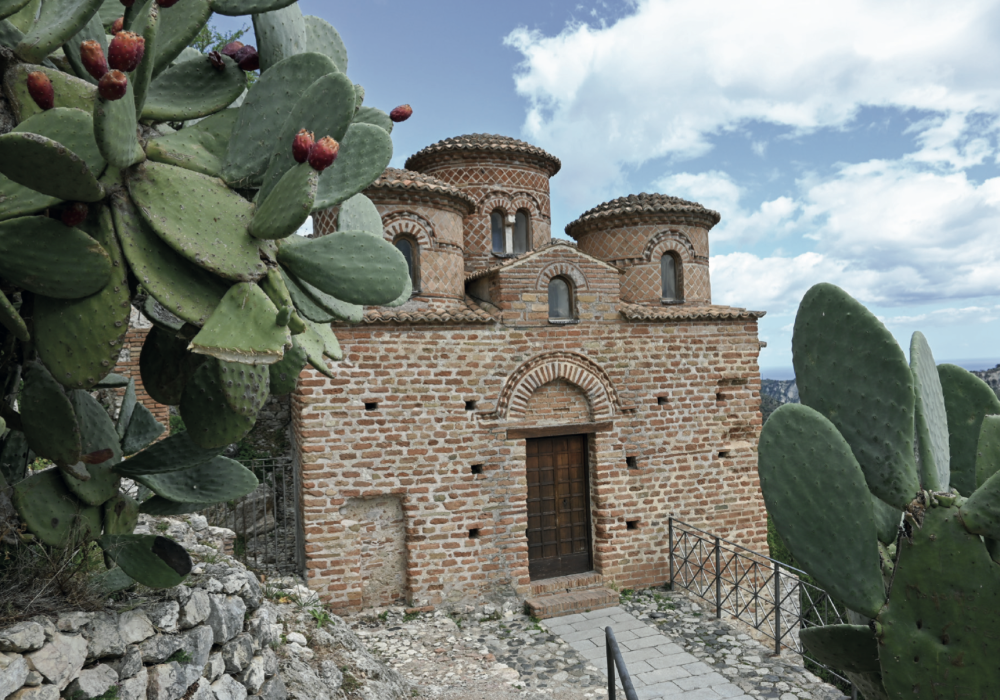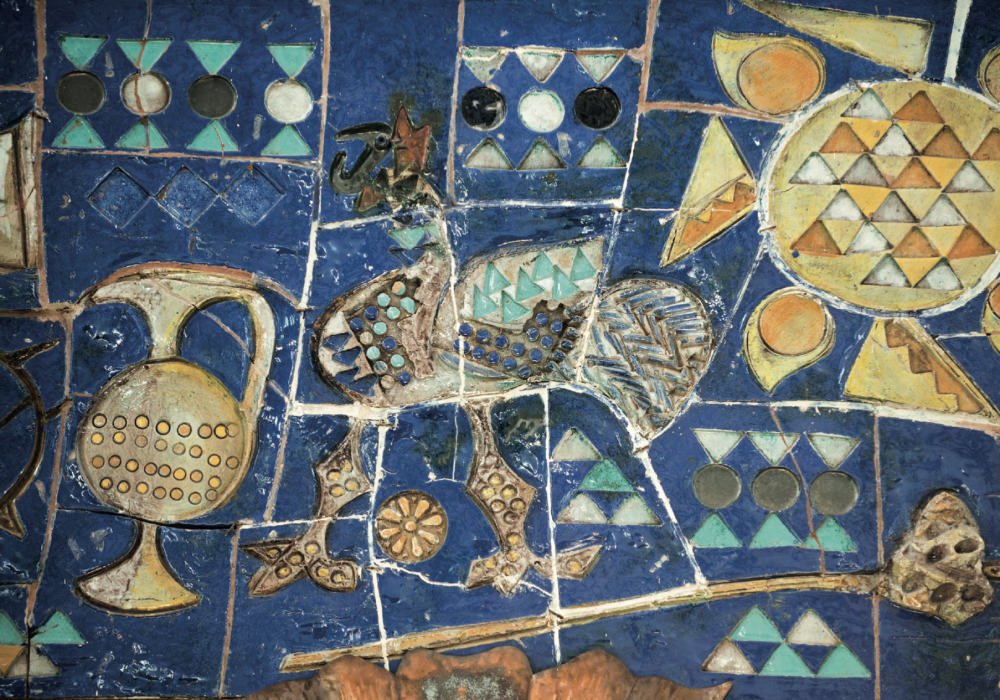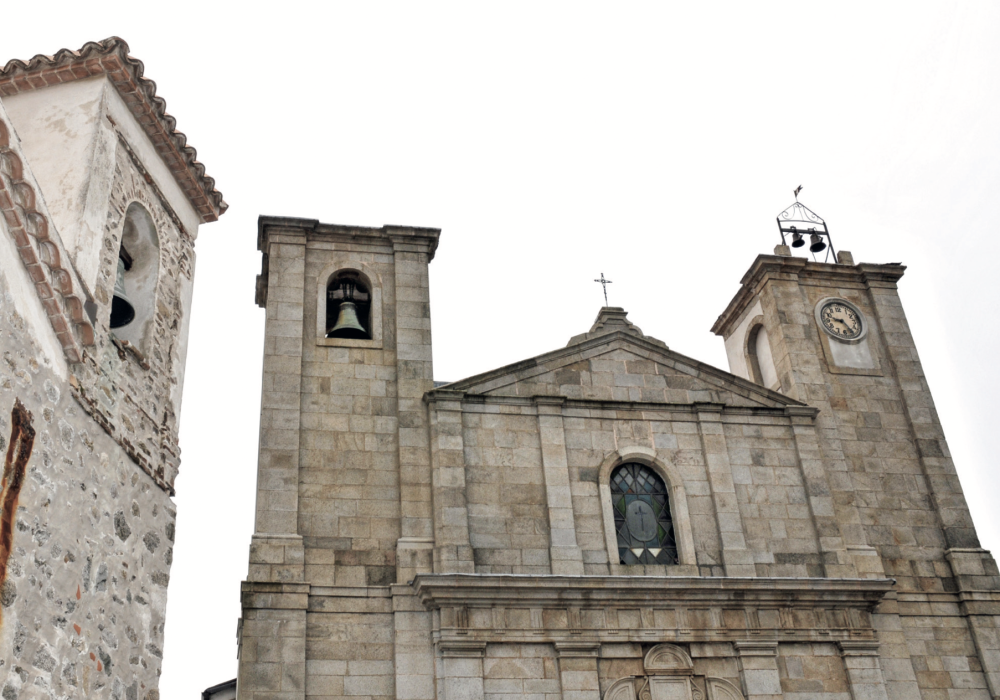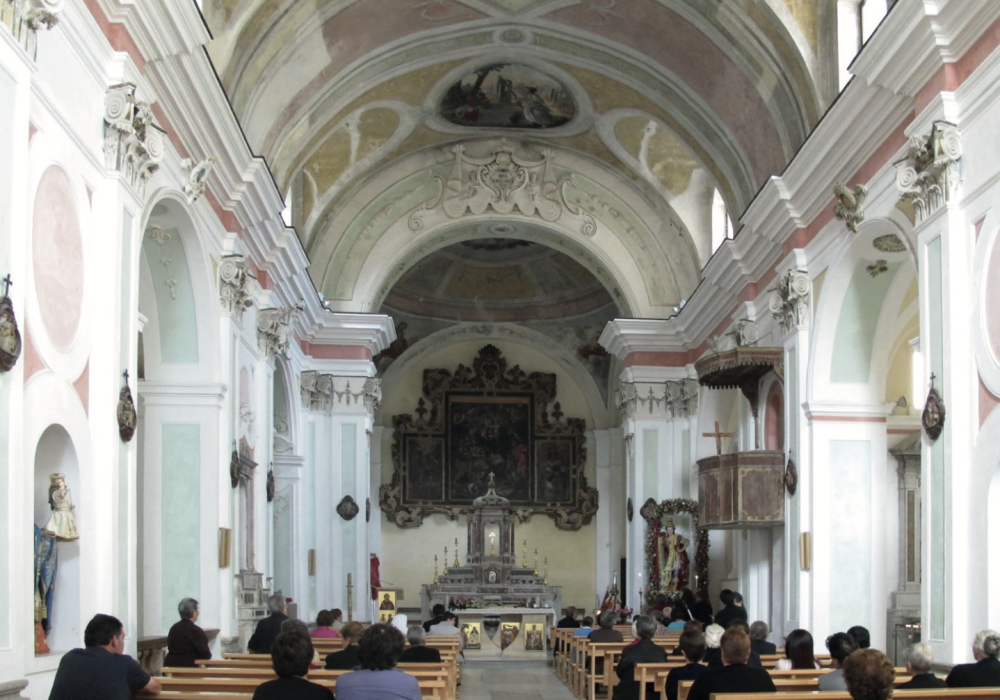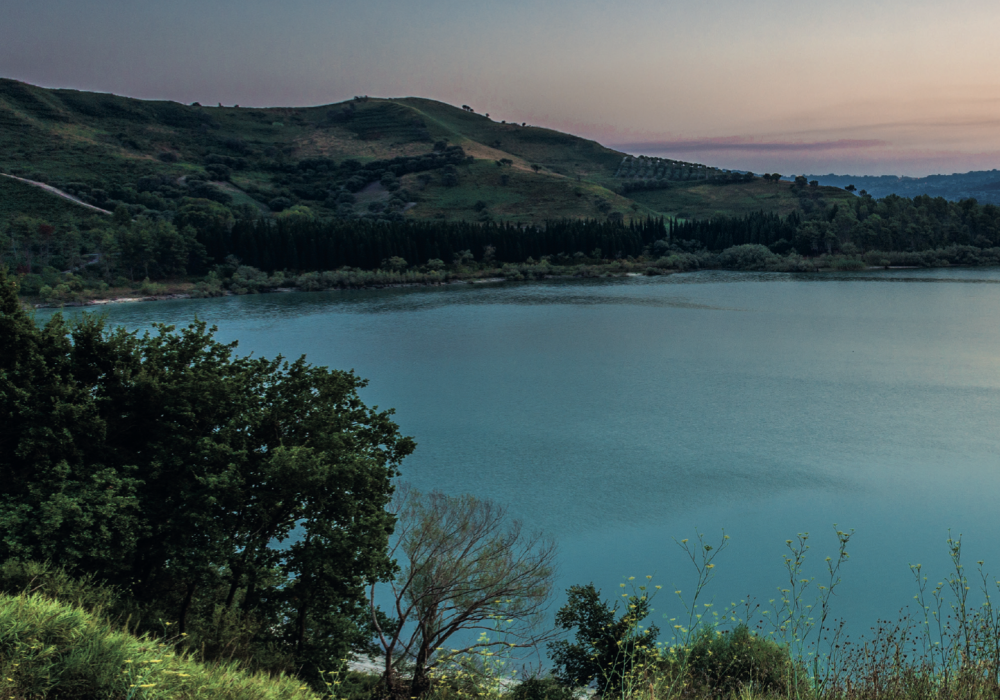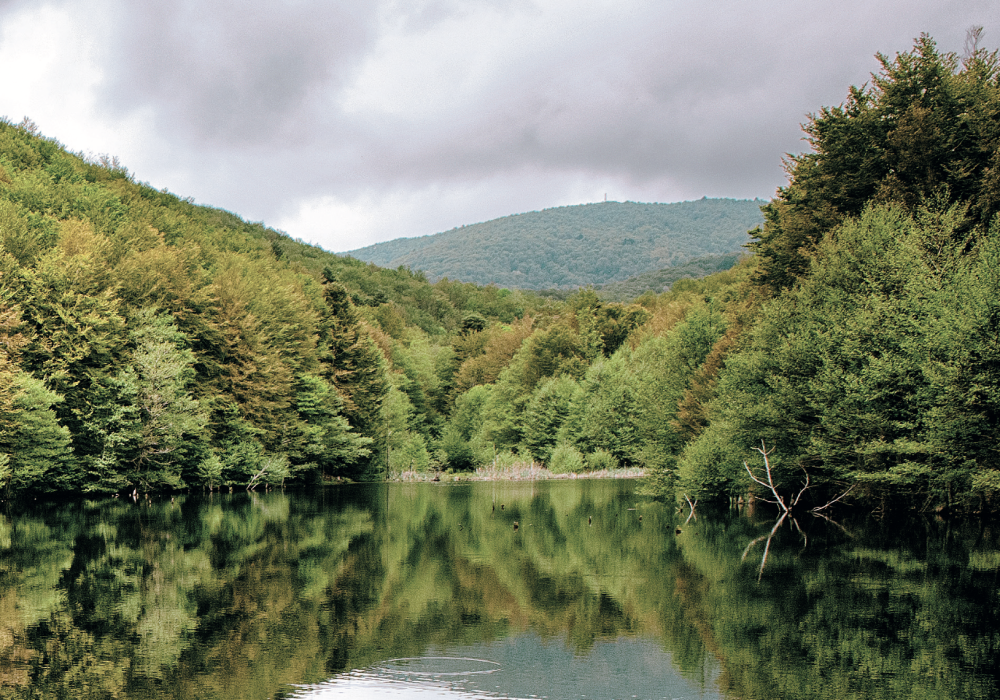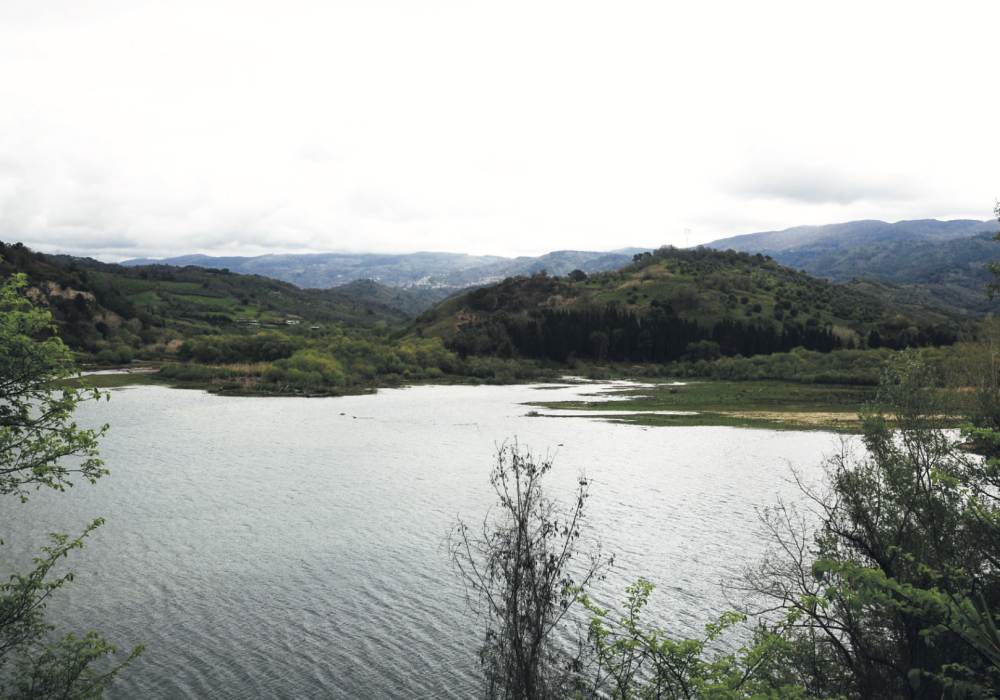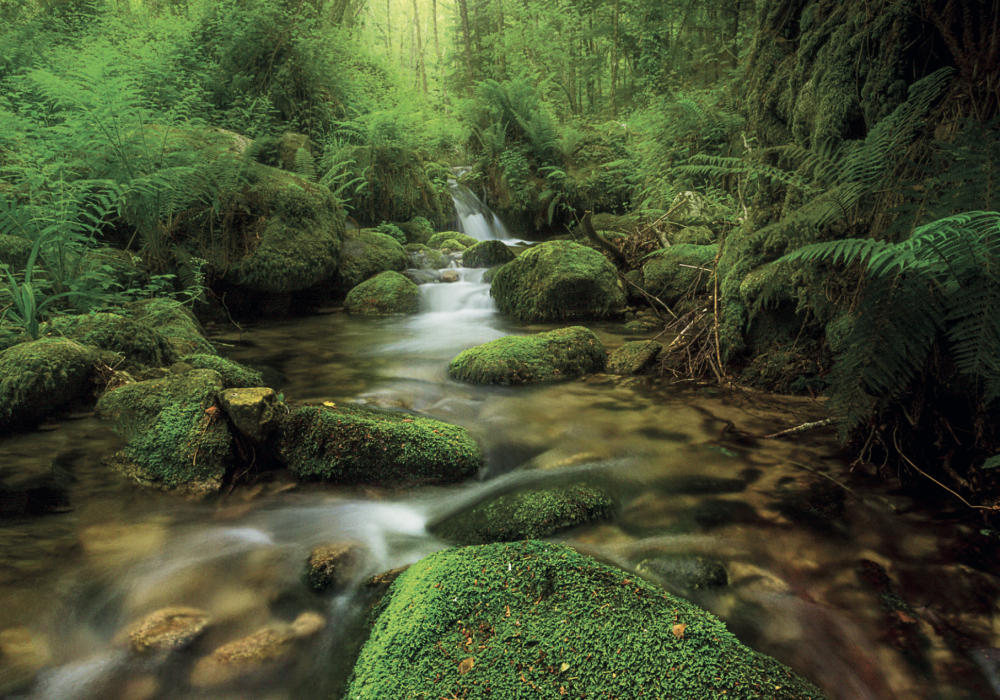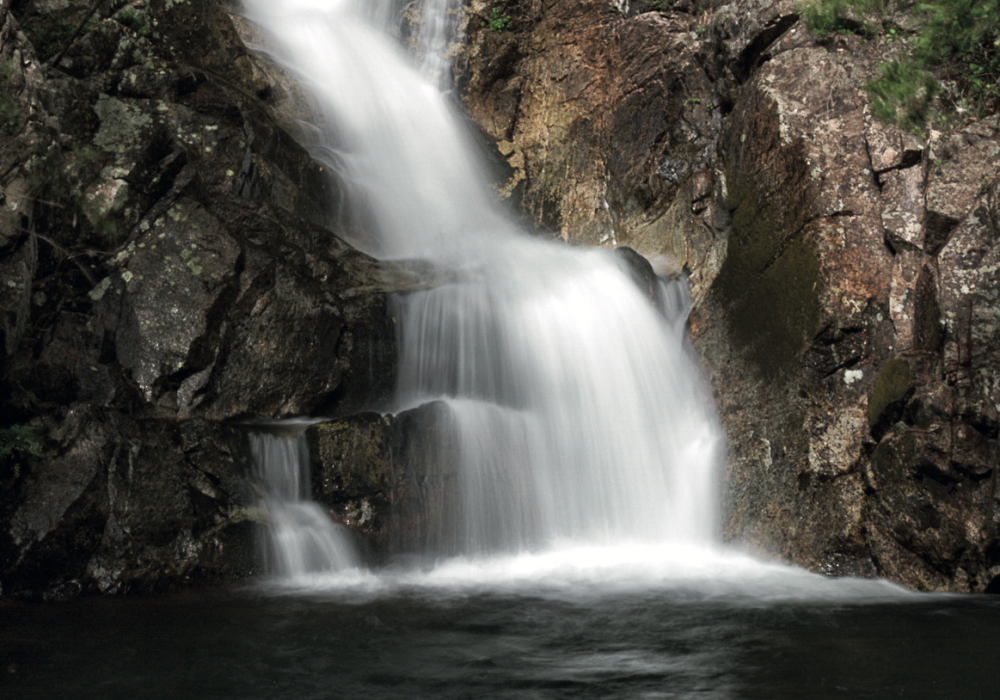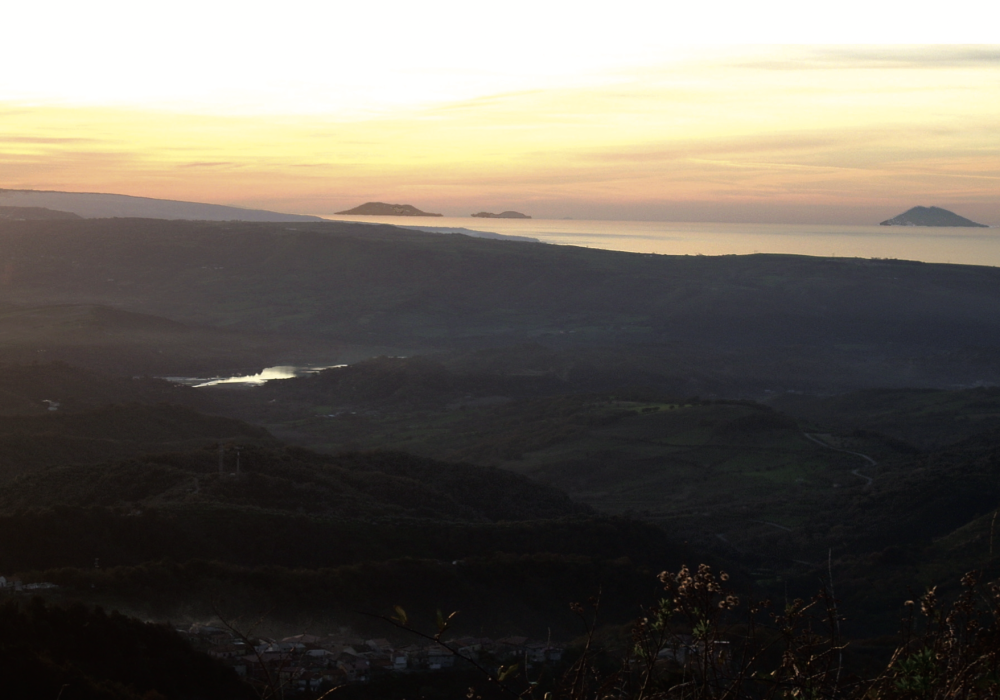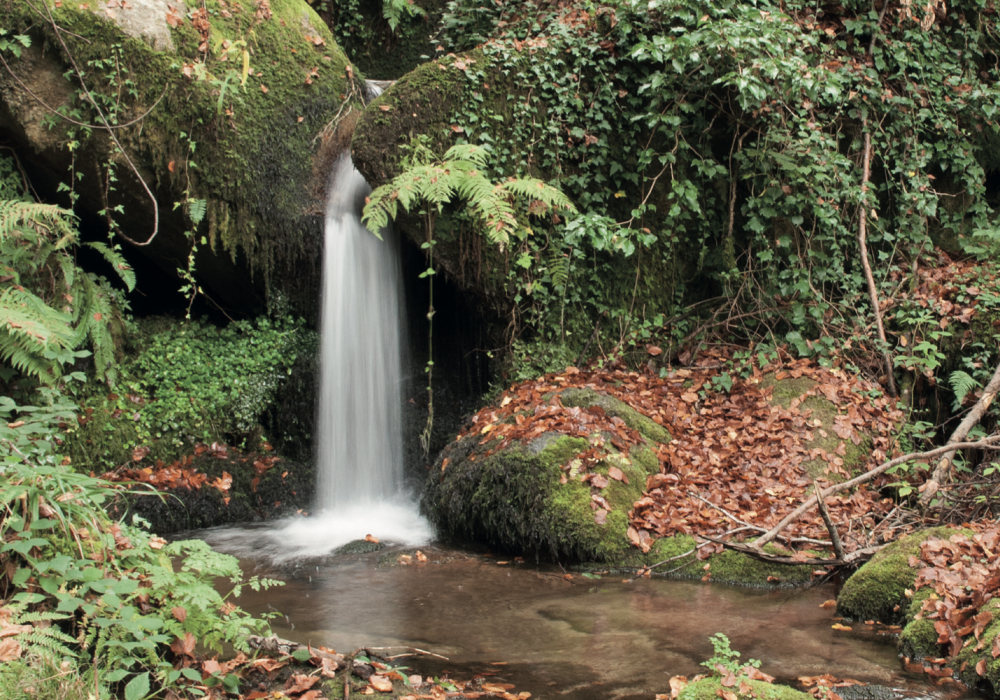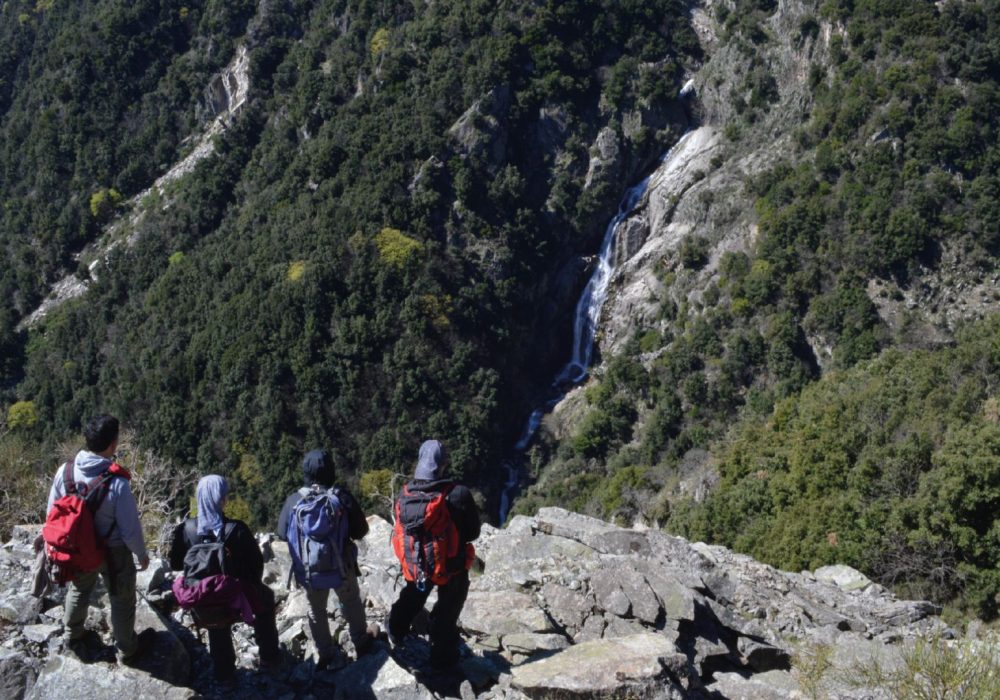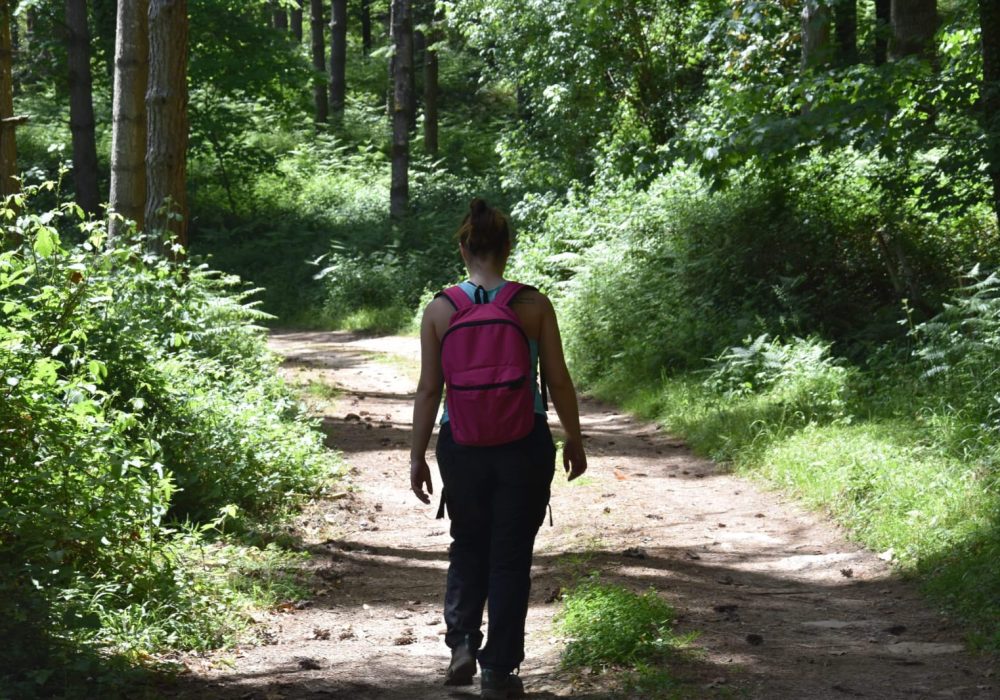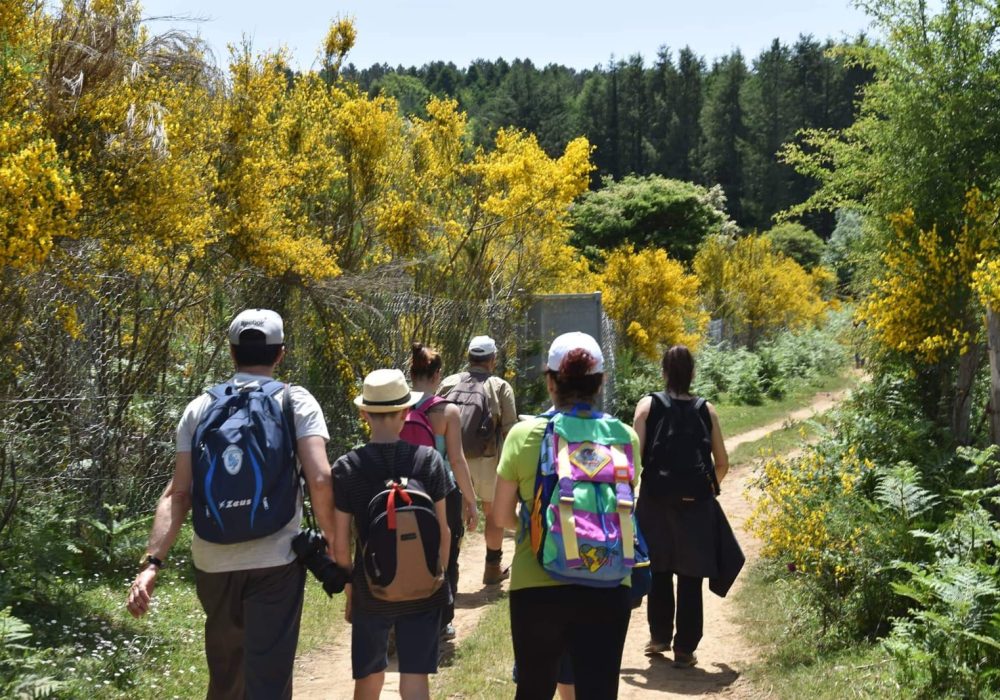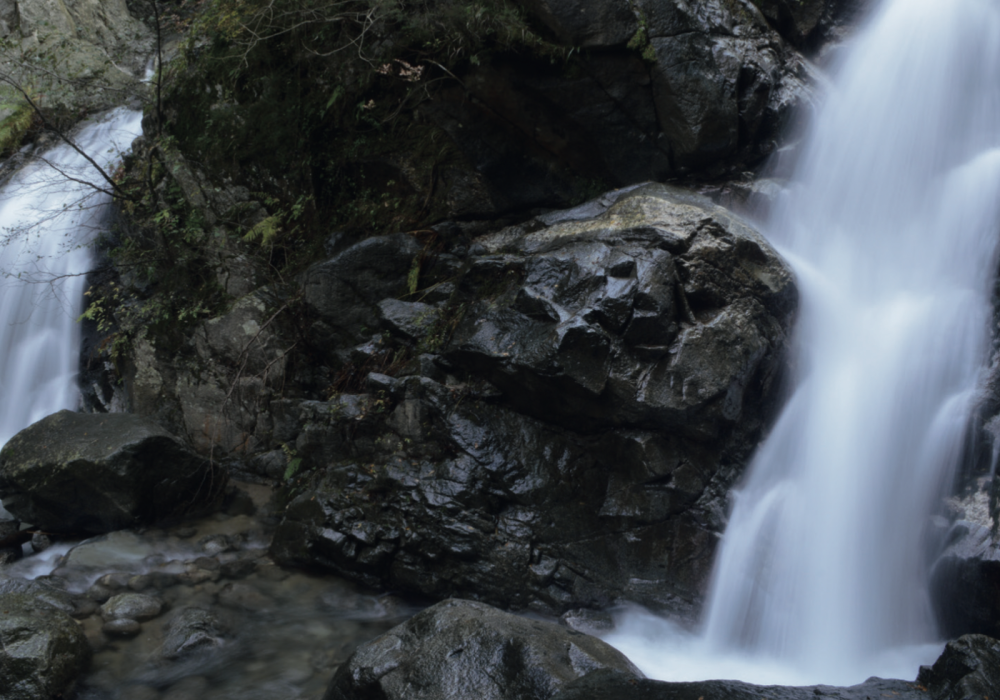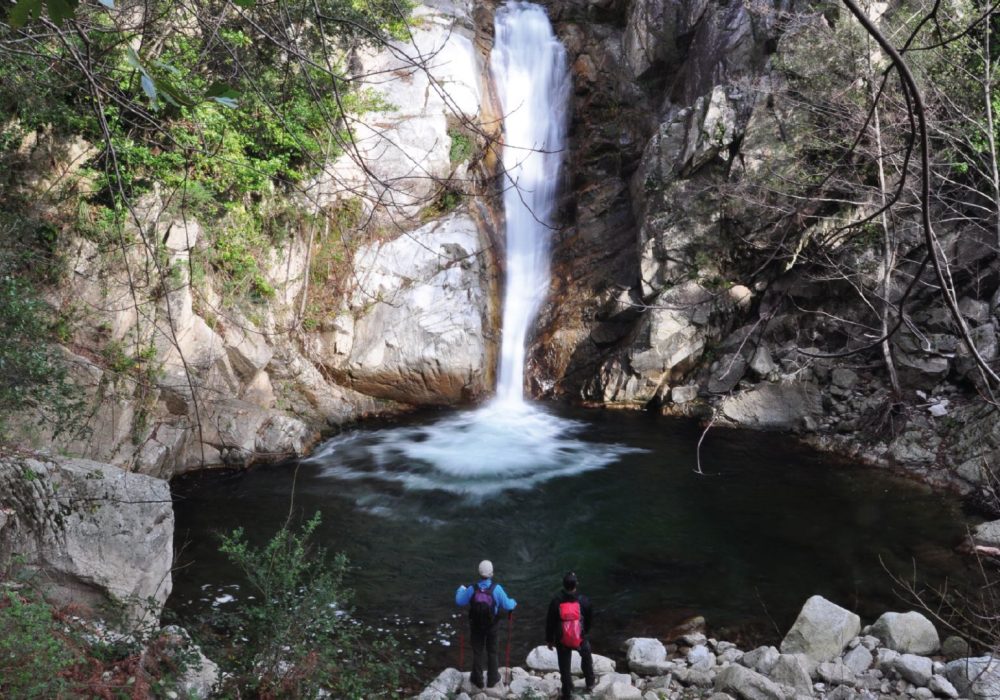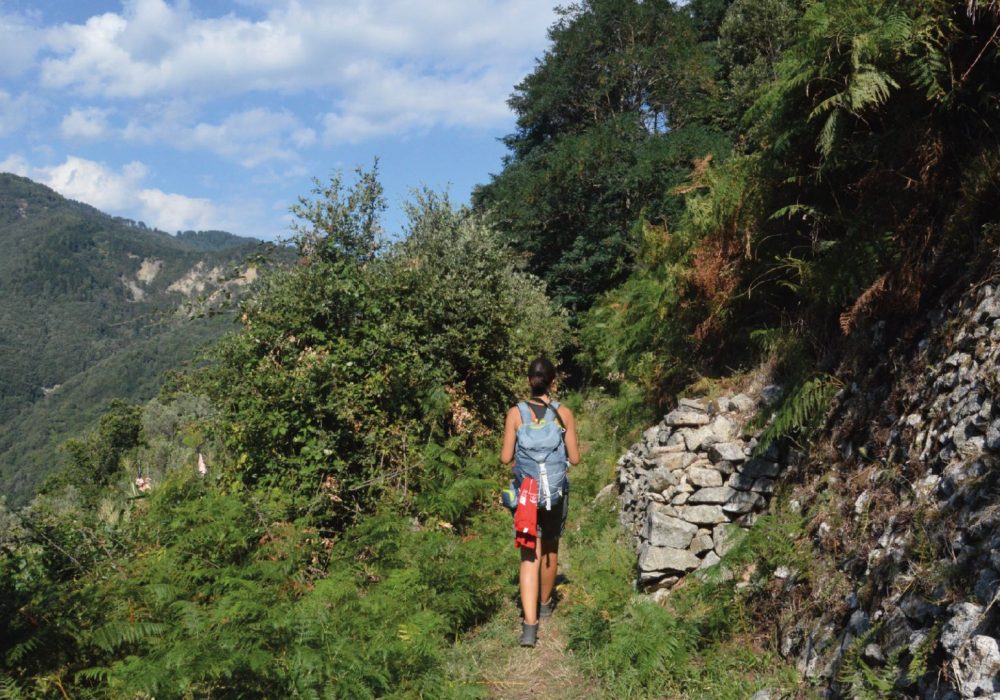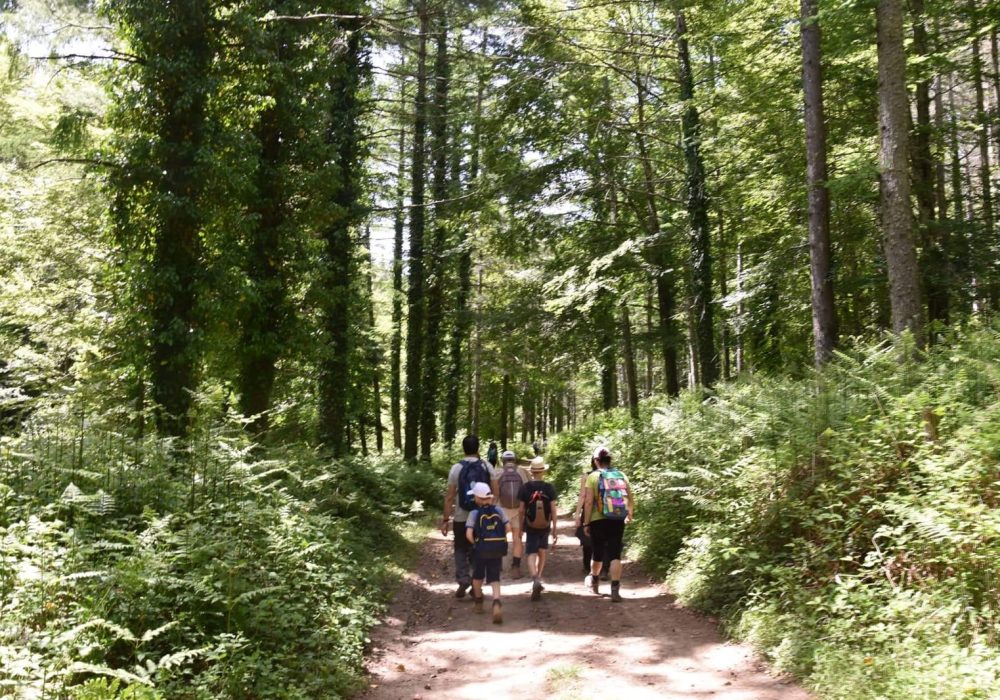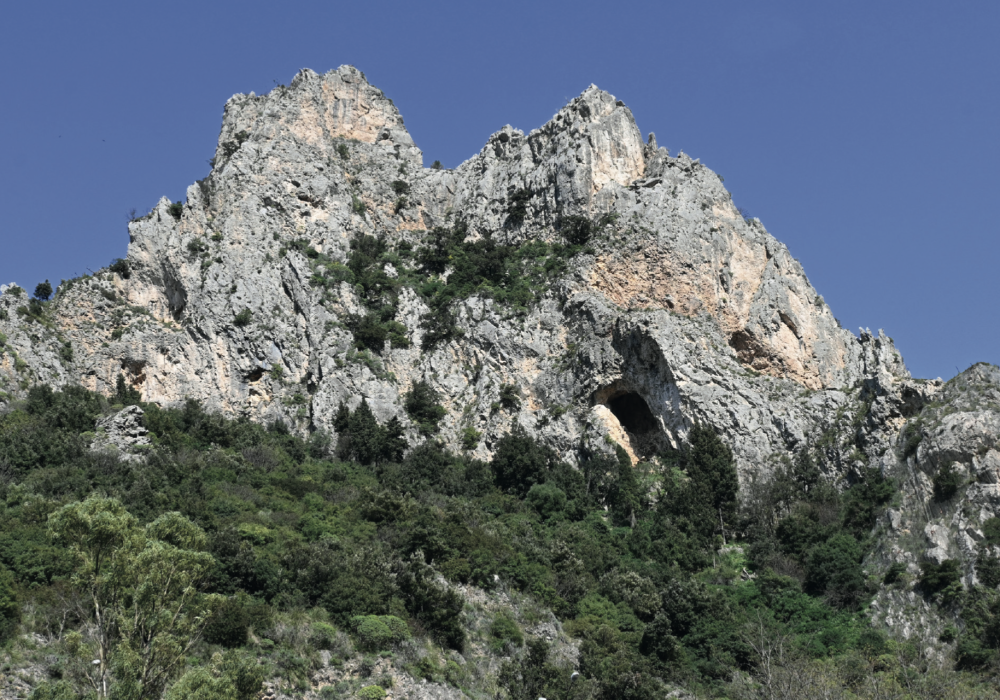Ferdinandea-Marmarico Trail
We move from the green mountains to the rugged and impervious landscapes of the ridges separating the Folea valley from the Stilaro valley and discover the impressive spectacle offered by the highest waterfalls in the southern Apennines.
Path Info
MUNICIPALITIES: Stilo (RC), Bivongi (RC)
START: Ferdinandea, Stilo (RC)
END: Cascate Marmarico, Bivongi (RC)
TIME: 5 hours
DISTANCE: 9 Km round-trip
DIFFERENCE IN ALTITUDE: 441 m
MAXIMUM QUOTE: 1.060 m
MINIMUM QUOTE: 627 m
DIFFICULTY: medium-high
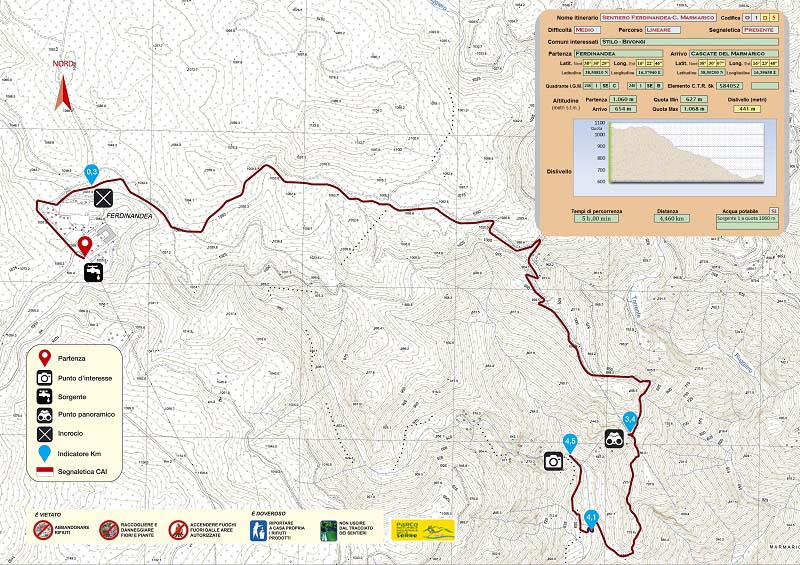
Description
A linear route, challenging due to the exposure of the path and the variable gradient, however, always downhill to be tackled on mostly uneven terrain. The route starts from the square in front of the Ferdinandea estate in the municipality of Stilo (RC), which can be reached via the former SS 110 road. We are on the Ionian side of Calabria and the Serre Calabre in an area that has always been rich in minerals and with morphological and water conditions that favoured the birth and progress of the first industrialisation of southern Italy. The starting point of our itinerary comes from here, from this enchanting place surrounded by greenery, a former Bourbon steelworks.
Leaving the car in the square in front of the residence, we take the narrow road, briefly paved, that descends around the ruins of the complex. At the first fork, turn right. Proceed away from the Ferdinandea villa, which we will leave behind us. We keep to the left at the first two crossroads and then turn right, where a short sandy stretch surrounded by tall gorse begins. We descend along the winding path that runs alongside a former penstock, crossing it. The path becomes a mule track that regains the ridge line and leads us to a splendid viewpoint over the waterfalls. The mule track continues to descend and after a series of narrow hairpin bends we reach the valley floor. Having crossed the stream, we must ascend its course for a short distance, passing an enormous erratic granite boulder, finally reaching the base of the falls. The entire route is marked with CAI (Italian Alpine Club) signs that will guide us along the route.
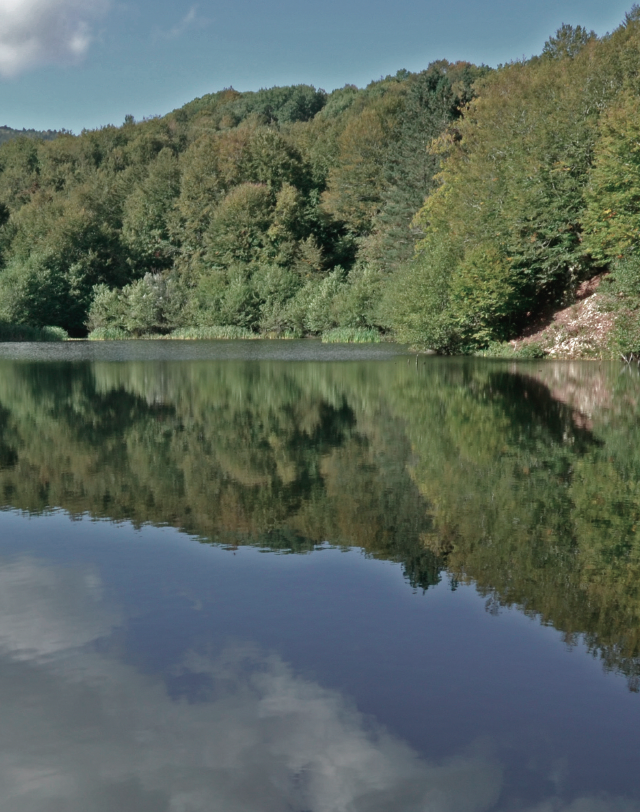
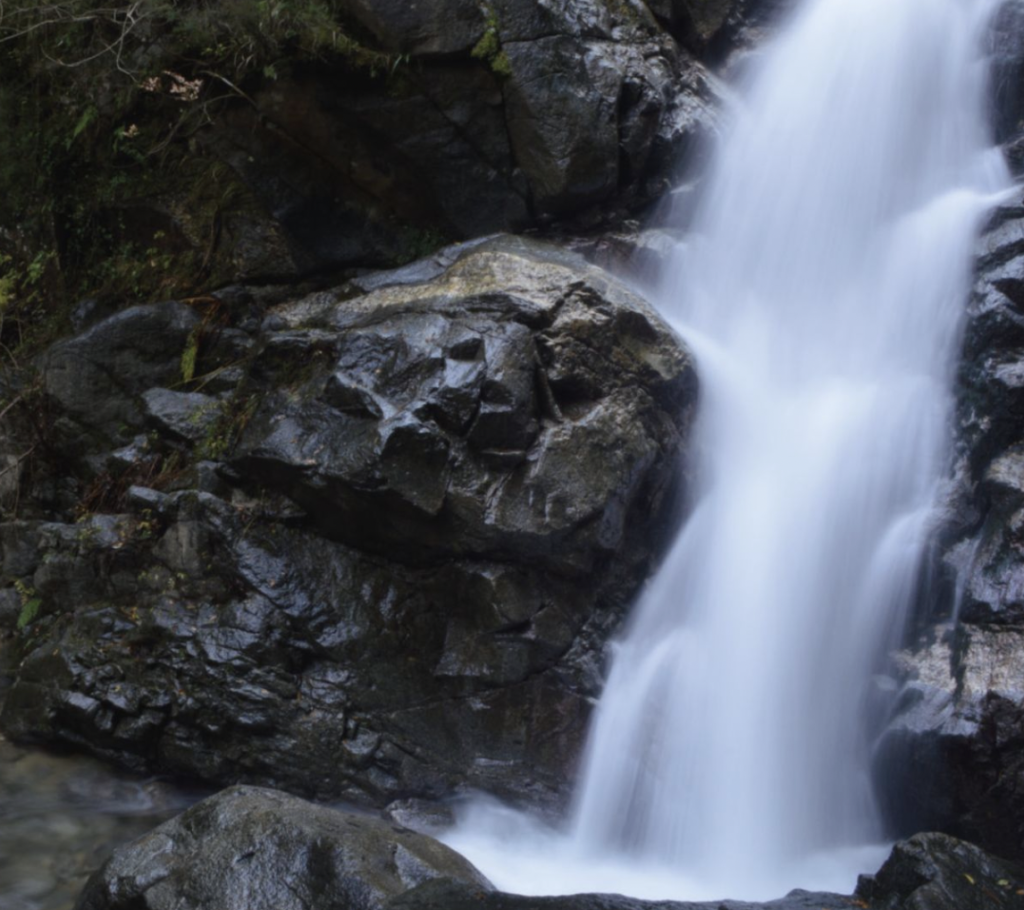
CALCAREOUS SOIL WITH THE PRESENCE OF SILICATES
As we leave the forests behind us, the road will begin to change, becoming sandy, sometimes shiny. This is due to the presence of very fine particles: silicates. These are the most common minerals of the earth’s crust, composed of silicon and oxygen, whether they contain an abundance of aluminium and silicon or iron and magnesium, what counts is their crystalline nature, which makes them shine and, above all, be clear evidence of the richness of this territory and evidence of its past.
From the flowers comes the last honey of the season, prized for its particular flavour: bitterish and fragrant. From the Greek name of the strawberry tree (KÓpapog – pron. kòmaros) derive many dialectal names of the plant, including the Calabrian ‘cacummaru’.
CISTUS
An evocative, rugged landscape of steep, almost vertical slopes plunging into narrow gorges will be what we will see for part of our walk. In this barren but not desolate landscape we will find small evergreen shrubs that from April to early summer are covered with flowers, simple and delicate, similar to those of the wild rose. We are talking about the cistus, a name under which some 20 species are grouped, and whose flowers, white or in the most varied shades of pink, appear numerous among the rocks, and are born and die within the space of a single day.
'CORBEZZOLO'
The ‘corbezzolo’ is a shrub or small tree that can reach a height of between 1 and 8 metres. The fruits ripen in the year following the flowering that gives rise to them, in autumn. The plant therefore has both flowers and ripe fruit at the same time, which makes it particularly ornamental due to the presence of three bright colours on the tree: the red of the fruit, the white of the flowers and the green of the leaves. Strawberry tree wood is an excellent fuel that is mainly used for roasts due to its aromatic characteristics while
WALL LIZARD
This little animal, like many saurians, likes to bask in the sun to help the thermoregulation process, and the bush we will pass through, rich in Mediterranean scrub and ravines where it can find shelter, is its ideal habitat. It is a small, flattened species. The colour of its back is very variable, between grey and brown, with a dark vertebral stripe or reticulation and/or spotting, while the belly is usually whitish or yellowish with dark spots. The wall lizard is mainly insectivorous although it does not disdain small invertebrates and arachnids. A peculiarity of this species? in case of danger it is capable of tail autotomy, i.e. it has the ability, by means of a muscular contraction, to spontaneously amputate this appendage.
MARMARICO FALLS
Since 6 September 2011, the Marmarico waterfalls, in the municipality of Bivongi (RC), have been included among the ‘Italian wonders’. At 114 metres, it is the highest waterfall in Calabria and the southern Apennines. Hidden among craggy peaks in the upper reaches of the Stilaro river, it is one of the most evocative places that nature has to offer.
One of the many marvellous settings in our region. A heavenly vision that rewards the effort of many hours of walking.
